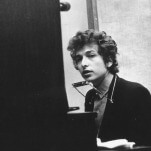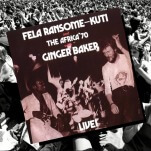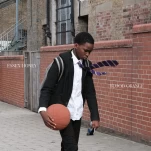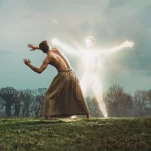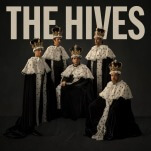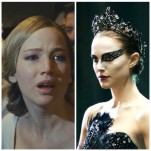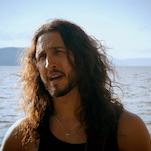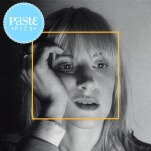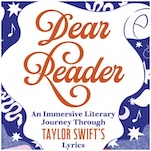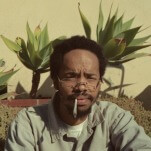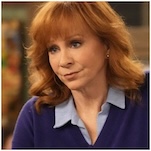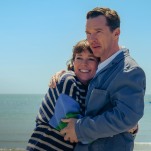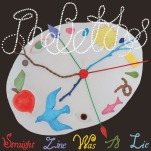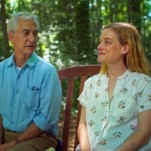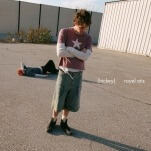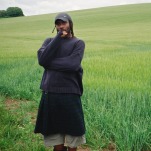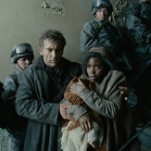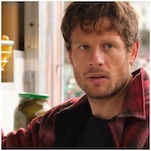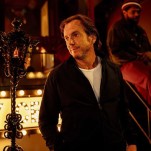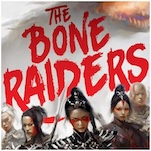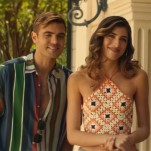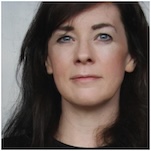Kahlil Gibran’s The Prophet
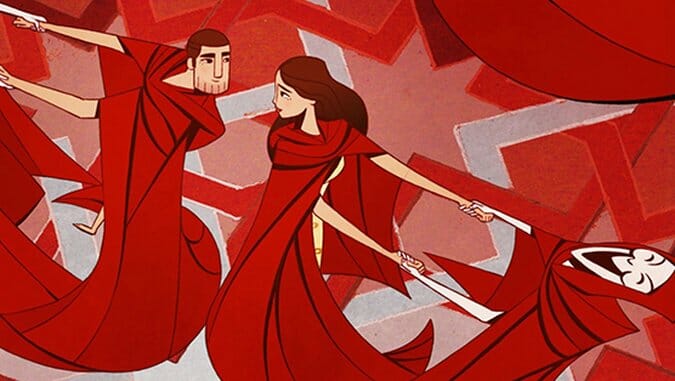
Should we consider Kahlil Gibran’s The Prophet kids’ fare? The default categorization for any animated movie with a child protagonist is “children’s film,” but if it’s easy to picture a theater full of tykes getting swept up in this movie’s gorgeous imagery, it’s equally as difficult to imagine them nodding along with its philosophical apothegms. Maybe it’s stodgy to presume that cartoons are inherently childish, or that an audience of young’ns won’t take away anything from a cartoon based on the great Lebanese author’s book of prose poetry. Then again, the lessons of life, love, and the interconnectivity of humans and nature taught in Gibran’s iconic tome don’t neatly translate into cinema, either.
If Kahlil Gibran’s The Prophet doesn’t succeed as a fleshed-out fable, though, it’s at least able to convey the text’s spiritual core through a veritable smorgasbord of animated aesthetics. Gibran’s musings are varied and numerous, after all: Responding to his diversity of ideas by gathering a diverse collective of filmmakers to articulate those ideas makes an obvious sort of sense. Thus, Salma Hayek, pulling double duty here as both a voice actor and producer, has brought Kahlil Gibran’s The Prophet to fruition by calling in a truckload of talented animators under her banner: Roger Allers, Mohammed Saeed Harib, Bill Plympton, Nina Paley, Paul and Gaëtan Brizzi, Joann Sfar, Michel Soka, Joan C. Gratz and Tomm Moore.
Allers plays the foreman to Hayek’s architect, contributing the wraparound narrative that houses the contributions of his peers and which sculpts Gibran’s loosely-plotted writing into an actual story. In The Prophet, the poet Almustafa leaves the city of Orphalese to return to his homeland after living abroad for 12 years. Before he does, the whole dang citizenry, including the seeress Almitra, comes out to bid him farewell, and the goodbye turns into a guru session as Almustafa spouts verses about every topic imaginable, from marriage, to work, to eating and drinking, to life and death. In Kahlil Gibran’s The Prophet, Almustafa is just Mustafa (Liam Neeson), a political dissident kept imprisoned on the outskirts of Orphalese, and Almitra (Quvenzhané Wallis) is the young, mute, headstrong daughter of his housekeeper, Kamila (Hayek).
-

-

-

-

-

-

-

-

-

-

-

-

-

-

-

-

-

-

-

-

-

-

-

-

-

-

-

-

-

-

-

-

-

-

-

-

-

-

-

-

